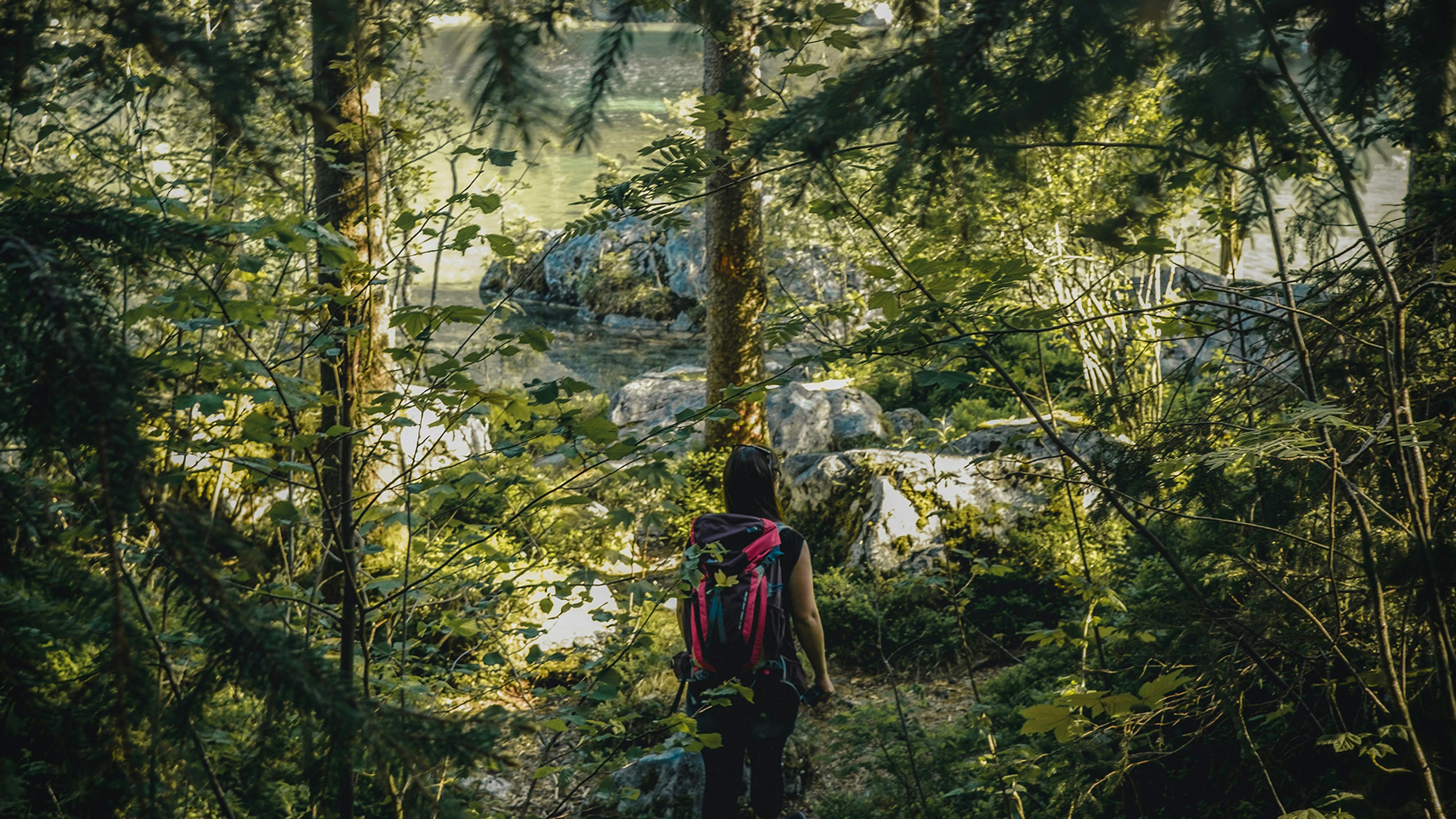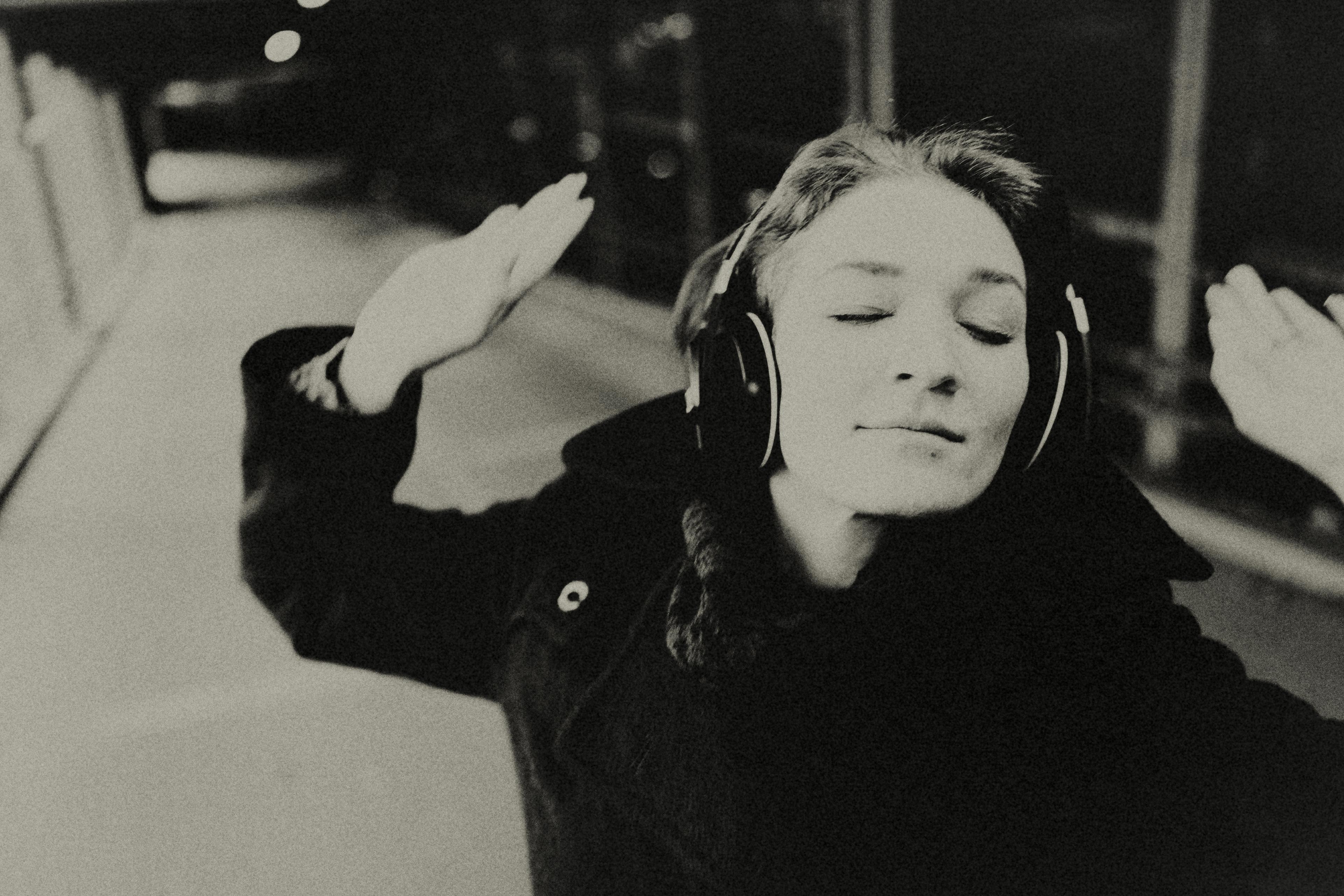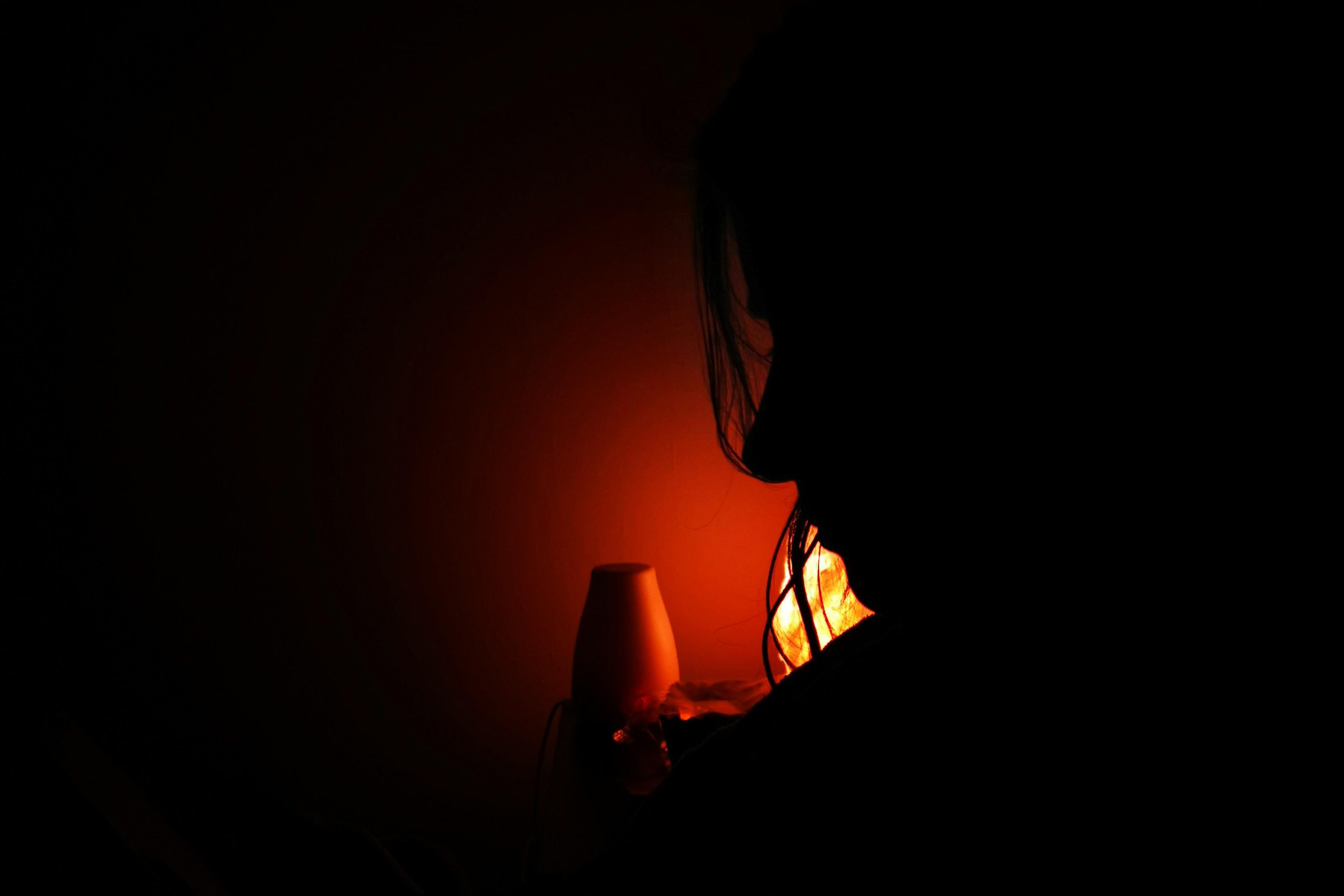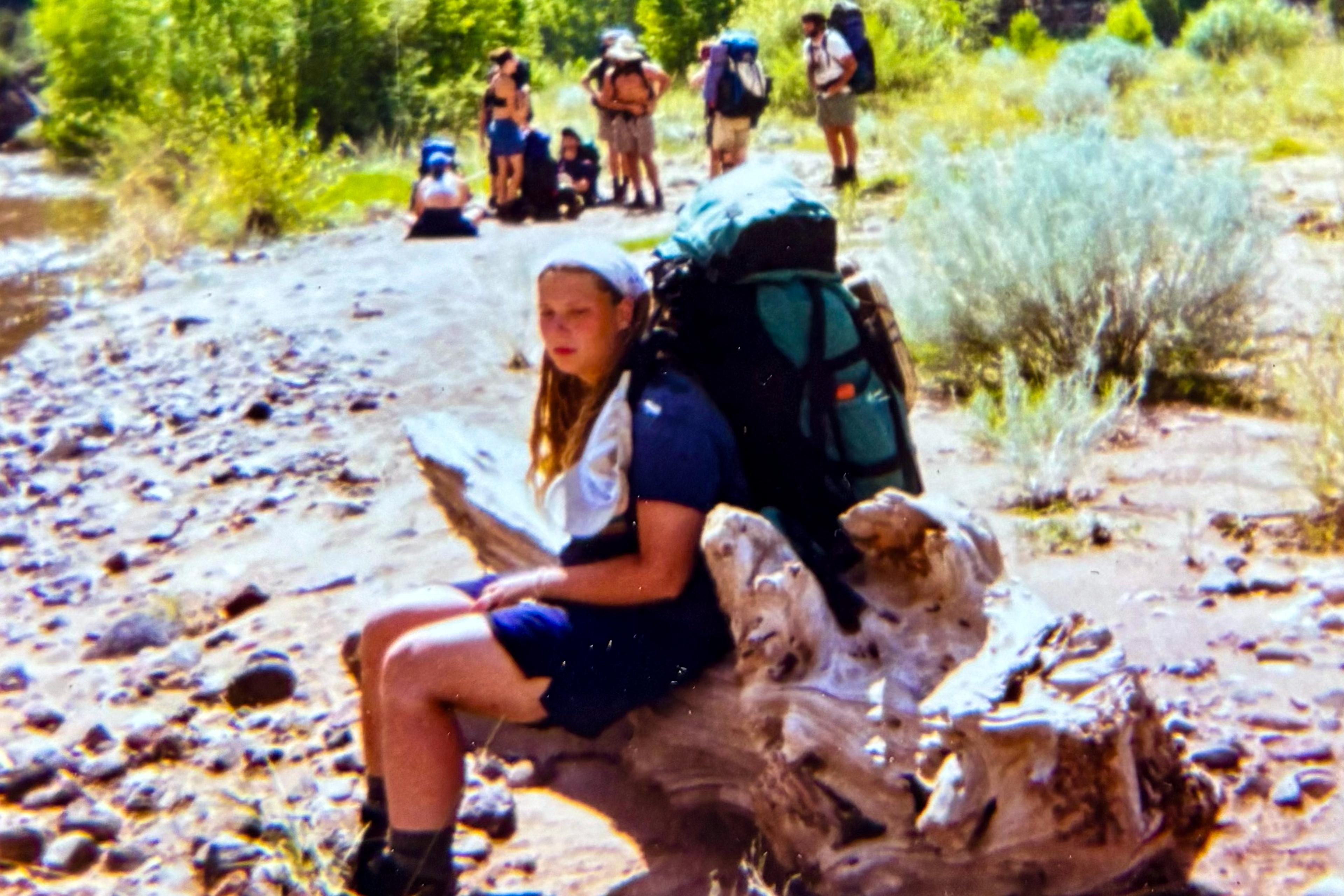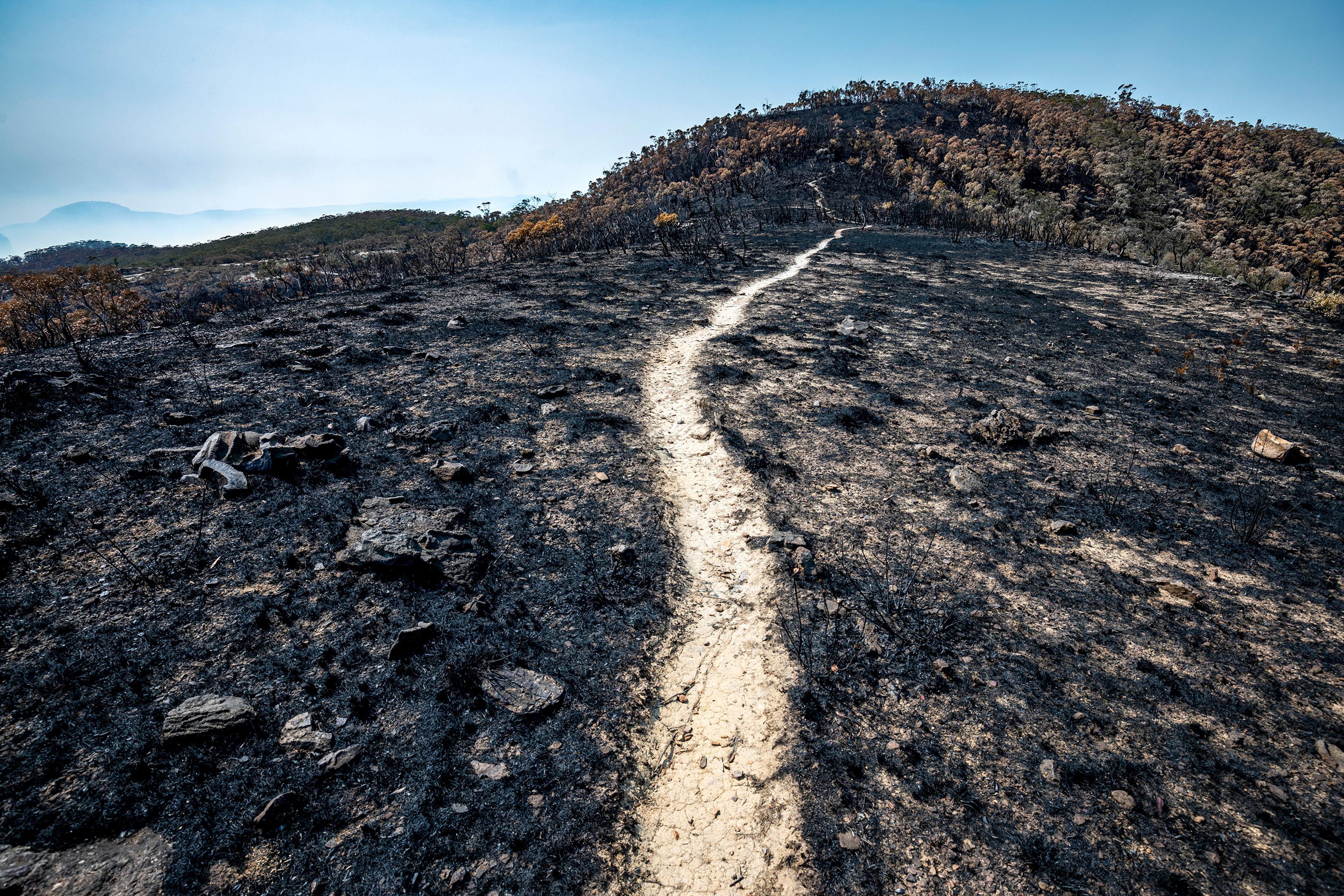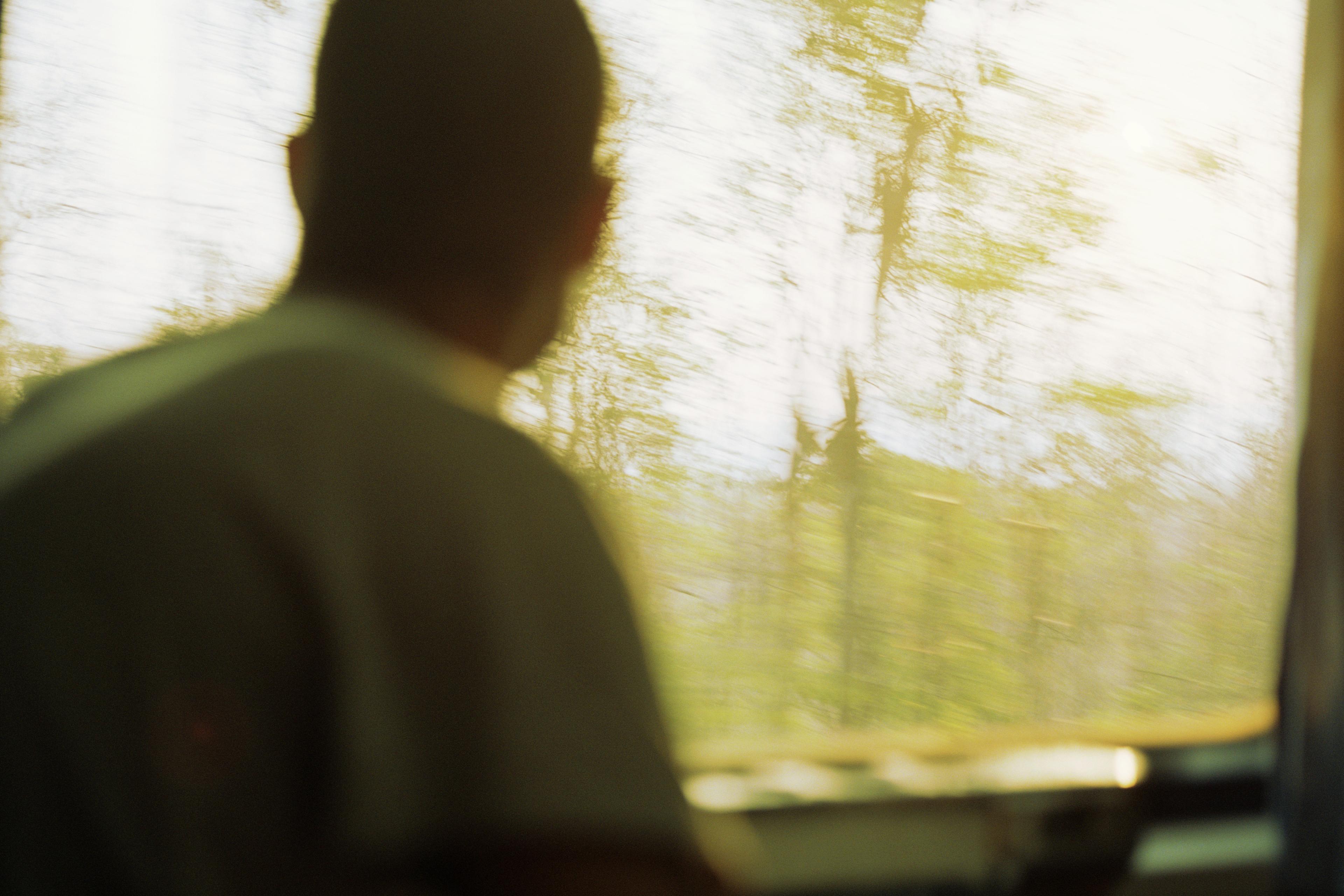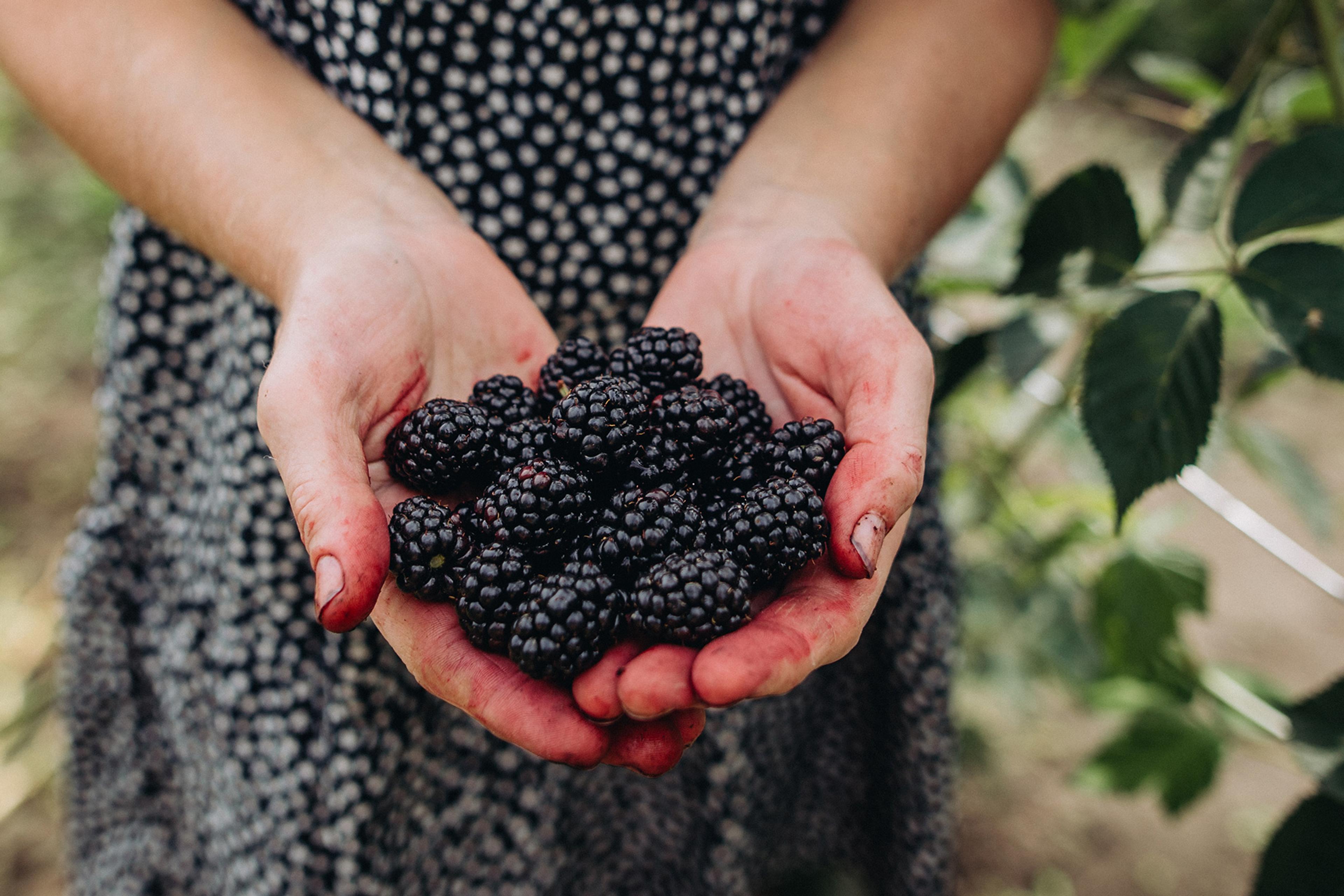I recently heard a story about someone who calmly called a friend and said she was digging a hole in the backyard. She planned to lie down and die in it. It was a psychotic break. But I can relate.
When I was in my 20s, studying in Germany, I was in a bad place – crying in class for no reason, isolating and low-key becoming bulimic. I didn’t think anyone had noticed, but two teachers pulled me aside. One asked me how I felt.
‘Ich fühle mich, als säße ich allein in einem Loch in der Erde und hätte keinen Ausweg,’ I replied. I feel like I’m sitting alone in a hole in the earth, with no way to get out. He replied: ‘Was ist falsch daran, eine Weile im Loch zu sitzen?’ What’s wrong with sitting in the hole for a while?
This new perspective – looking closely at the mud I sat in, instead of longingly up at the sky – felt like bittersweet surrender. What if I did just sit down there, with my feelings of sadness and exhaustion, and stop scratching the walls, dirt and blood building under my fingernails? It couldn’t feel any worse than life on the surface.
In the nearly three decades between then and now, I’ve moved in and out of the hole dozens of times.
I’ve heard the hole analogy for depression over and over, from friends, psychology experts, and now clients (I eventually became a therapist). It’s an image that conjures up darkness, loneliness, hopelessness, and feelings of being trapped.
Sitting in the hole and accepting your place there can be a controversial concept. Many of us are taught that depression is a damaged state – one we’re supposed to avoid, fight, conquer. That if you’re depressed, there’s something wrong with you.
Did I enjoy feeling hopeless? No. But naming it provided some relief and uncovered an impulse to tend to these feelings, instead of disown them.
Like everything in my life, I probably took the concept too literally and too far. That initial conversation, fittingly in German – a gritty language that lands like tough love – shifted my perspective and planted seeds. It spoke to something feral in me that wanted to explore the messes in my mind and map them to natural instincts and processes.
I came home from Germany and spent a summer in sunny Colorado, simplifying and slowing down my life, sitting with more of my feelings and spending lots of time outside. Things felt a little brighter and lighter. I did a course with the National Outdoor Leadership School and spent 21 days carrying a 70-pound pack through the snow, connecting with trees and feeling profoundly grounded due to this new kind of suffering.
Then my sister died.
Grief had dropped-kicked me and I’d landed face down in sludge
Sarah was 11 and hit by a car while walking her bike across a busy four-lane road. Ironically, she looked fine – there were barely any scratches, and no broken bones. The only noticeable mark was a comet-shaped indentation on her right cheek, a shallow hole with a subtle tail pointing toward her mouth. Despite appearances, the collision had caused severe brain damage – enough to immediately drop her into a coma. I flew to her in Wisconsin and lived like a zombie at the hospital, feeding off meal-train lasagna and a fragile belief that shit happens for a reason. I was holding Sarah’s hand when she took her last breath a month later.
At her funeral, I read a passage from Willa Cather’s novel My Ántonia (1918), about sitting still in the dirt, waiting for the sweet release of death and a return to something bigger. I was sobbing while I spoke:
The earth was warm under me, and warm as I crumbled it through my fingers … I kept as still as I could … I was something that lay under the sun and felt it, like the pumpkins, and I did not want to be anything more … that is happiness; to be dissolved into something complete and great. When it comes to one, it comes as naturally as sleep.
Her death brought me back to the hole. Grief had dropped-kicked me and I’d landed face down in sludge. And while I was down there, I realised it wasn’t just the loss of my sister I was grieving. It was the loss of time. I thought about what childhood is supposed to be like, and how I’d spent mine in the middle of a verbally abusive alcoholic and a victim. From a very young age, I had tried to please everyone, abandoning myself in the process. There was barely room to breathe with all of that chaos swirling around. I felt an urge to do the tedious, painstaking work of untangling what came from where, what belonged to whom.
Cather’s words reminded me of how stillness can help to sort things out. I stayed in a sleepy state for months.
Then I went back to college, this time in Oregon, returning to the grind – trying to balance school, work and self-care. I somewhat desperately tried all the things associated with managing depression: therapy, antidepressants, talking to friends more pointedly about this ‘problem’, working like a maniac with no time left to feel. When time took me by surprise, I felt how flat and colourless the world was, teared up, and drank.
I took solace, sometimes, in getting dusty during rock-climbing adventures, volunteering to take sixth-graders on nature walks, and spreading chicken manure on the school’s urban gardens. It was a connection with dirt and decay that helped me feel most alive.
My time in the hole, pulling apart the threads, led me to the realisation that depression is often a dissociated and disembodied state. I was mostly in my head, wrapped up in some fantasy, wishing I’d done things differently, or scared about what to do next. Sifting soil through my hands brought me back into the physical realm, the present, where depressive thoughts have less room to wander.
We can hold it all – groundlessness and feeling our feet on the floor – at the same time
After graduation, I moved to New York City. Darkness settled in again when I felt left out or misunderstood, or when things got really bad at work, including a rage-filled experience with sexual harassment. I felt trapped and depleted. I walked through Central Park at night by myself, running a sharp rock over my forearm, reminding myself of the line between being here and bleeding out, and hoping something bad would happen.
With the help of a therapist and Al-Anon meetings, I started to see that the deep grief, anger and frustration that had accrued throughout my life lacked an outlet. Instead, it was ricocheting between my skin and bones, telling me that I didn’t have a place in this world. I started to unbury those feelings, and express them in more healthy and regulated ways. It was new, uncomfortable terrain.
My Oregon roommates came to visit, and they left me a copy of the book When Things Fall Apart (1996) by Pema Chödrön, an American-born Tibetan Buddhist teacher. I dog-eared this passage:
If we’re willing to give up hope that insecurity and pain can be exterminated, then we can have the courage to relax with the groundlessness of our situation. This is the first step on the path.
I felt seen by their gift. And Chödrön’s musings reminded me of how we can hold it all – groundlessness and feeling our feet on the floor – at the same time, as long as we apply some curiosity and self-compassion to whatever it is we’re exploring. I quit my journalism job and started teaching gardening to grade-school kids.
Eventually, I left New York to study environmental science at graduate school in Connecticut. But the more I studied, the more panic attacks I had. A therapist suggested lithium. Instead, I turned my focus to experiential learning: collecting wetland soil samples as a research assistant and hatching plans to turn a nearby gunpowder farm (used for ammunition testing and storage during the Second World War) into a public park. This was time spent roaming in and out of earthen bunkers, testing for toxic material and imagining new pathways through the pines. The metaphors were endless.
I was still in the hole, but visiting the surface more often. I could see how my thoughts and feelings formed a complex web. I could experience joy one day and be in deep pain the next. I could be more than one thing. And my anxiety was revealing itself as an elaborate and primal system for keeping me ‘safe’ from vulnerability and the discomfort of change. What would I be if I weren’t depressed? What strands of me would step up to claim the space that sadness filled?
Dust to dust. Sitting with my present-moment experience in the hole has been a way to look more objectively at, defuse and fully digest my intense feelings, so they don’t come out sideways or become tons of water behind a structurally unstable dam.
I moved back to Colorado, dedicating more time to long hikes and practising mindfulness. I graduated with a master’s degree in counselling from a Buddhist university where I learned that thoughts are like clouds, passing in the sky – some are dark and brooding, and some are fluffy and take on fun shapes. And emotions are like comets. They can come on strong, then fade out.
There’s a metaphor used in acceptance and commitment therapy – a modality developed in the 1980s by the psychologist Steven Hayes – called ‘Person in the Hole’. Everything you ‘do’ to try to get out of the hole just digs you in deeper. But simply ‘being’, like a pumpkin composting under the sun, creates a sense of ease.
My depression is a yearning to have roots and branches and then ultimately fall apart
Over decades, I have learned that slowing down and paying attention with kindness is alchemy. It allows for the processing of sadness, loneliness, shame and fear, leaving space for more than just suffering. If I had fought to climb out of that hole, unwilling to accept that I was a depressed person, I would still be carrying the burden of a heavy shovel, hands blistered and raw, out of breath. The life would have been squeezed out of me too soon.
Acceptance, first introduced by my German teacher in that awkward but illuminating intervention years ago, has seeped into my system. It has formed the person I am now – a mindfulness- and nature-based therapist who savours the good.
My happiest moments are the ones in which I’m in the dirt. Just the other day, I was working outside with a depressed client. Our normal walk-and-talk routine felt too fast, like the energy in this person simply needed to settle. So we stopped and looked for a place to sit. We picked our way through a wetland, walking gently over and between muddy patches and wet grasses until we found a bit of higher ground. While I led him through a meditation, I kept one hand on the spongy earth. He continued to track sensations, thoughts and feelings in silence, and a surge of gratitude ran through me.
I could die happy here, disintegrating into dust to the sound of frogs, feeling the sun on my skin. My depression is, in many ways, a yearning to be part of something bigger – to have roots and branches and then ultimately fall apart, or to transform, over time, into something nourishing that becomes the ground.
